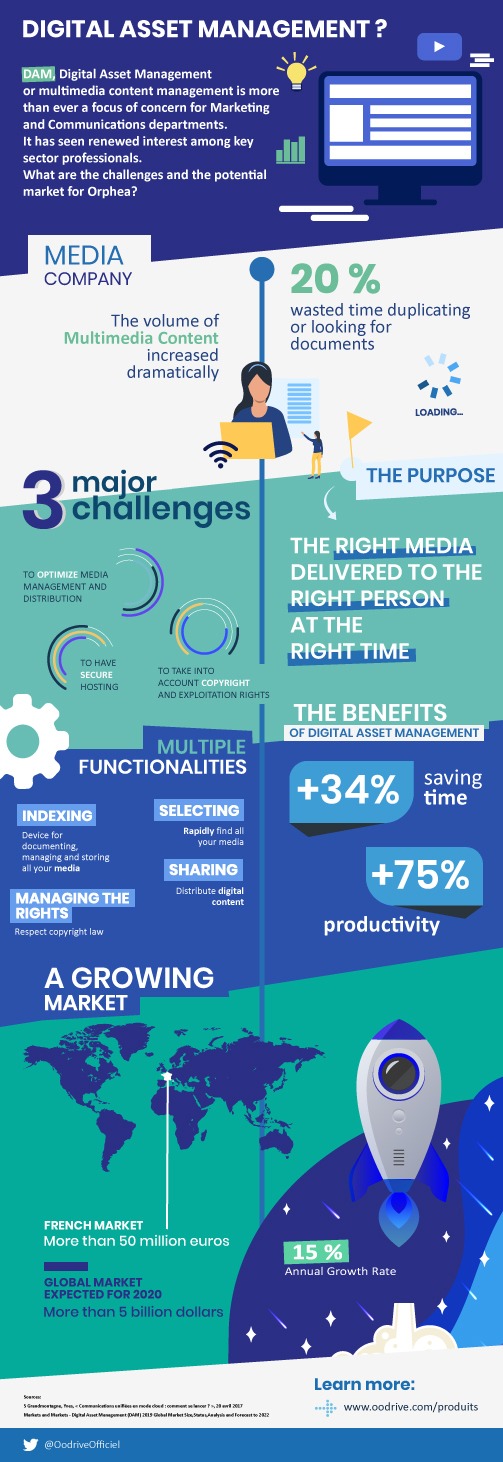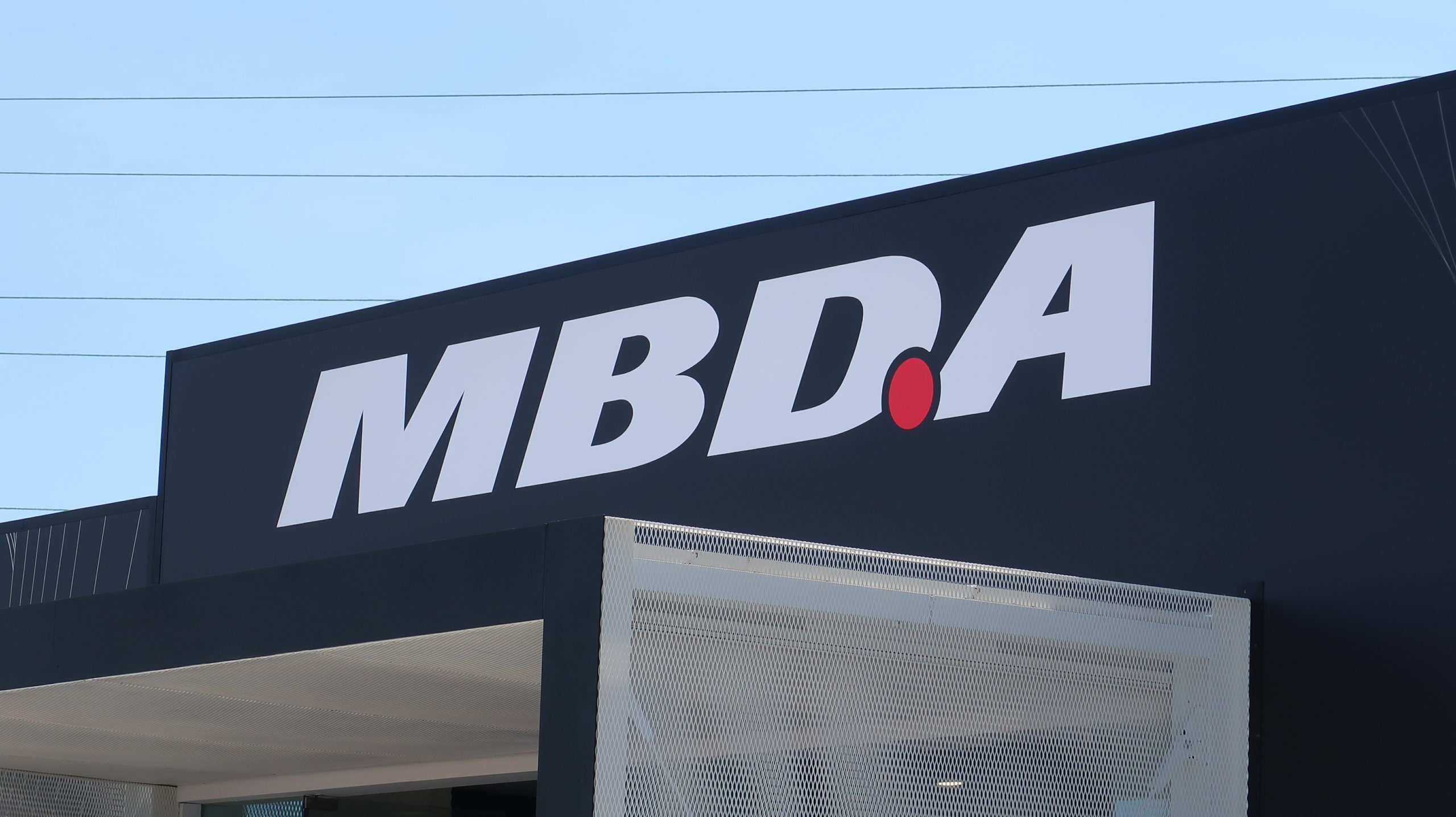Digital Asset Management: Infographic
Digital Asset Management (DAM) is a system that allows a company or organization to store, arrange, enrich, and share its digital resources. It is based on an intuitive and collaborative platform, incorporating a photo gallery, video library, media library, brand center, and more. Managing digital resources has now become a major task for marketing and PR departments.
Discover the benefits of a DAM solution and the prospects for this highly promising market in this article and infographic.
The amount of data and multimedia resources that companies are using is sky-rocketing. And they now need a solution to manage it all. Since 2015, the DAM market has exploded and is expected to be worth around $7.5 billion by 2024, with an average annual growth of 18.8%. In France alone, the market is estimated at more than €50 million.
 In its 2018 guide to Digital Asset Management, Gartner stated: “managing marketing content and adapting the way content is used” are “the main priorities of marketing managers, leading to increased investment in digital asset management platforms”.
In its 2018 guide to Digital Asset Management, Gartner stated: “managing marketing content and adapting the way content is used” are “the main priorities of marketing managers, leading to increased investment in digital asset management platforms”.
The research firm has sought to decipher the DAM market and help companies to define their real needs for this type of tool. According to the document’s authors, marketing teams said content creation and management was one of their main priorities. Marketing managers report that they spent 7.4% of their budget on creating content in 2017.
Three main aspects of a DAM project
- Optimizing media production and distribution within the company. When you can’t find the right file, version, or format, your entire workflow suffers. But thanks to a DAM solution, you avoid wasting time and effort on recreating resources you already have. What’s more, poorly organized indexing makes it extremely difficult to access the media you need. A DAM tool saves you 75% of your time hunting for media.
- Storing your data securely. You can opt to host your data on-premises. Or you can have your resources stored by a qualified provider on its own servers. In that case, there are some points to bear in mind. First, your provider’s data center must guarantee a very high level of security (storage clusters, firewalls, backup servers, compliance with European standards, etc.). Second, make sure your data is hosted in Europe, so you know where your media, are stored and you can even visit the data center in person.
- Copyrights and usage rights. Your media are protected by copyrights and usage rights that you must respect and ensure users respect too. To avoid any problems, a DAM tool offers two levels of protection. The first level is a reminder of the rules for using each asset through its metadata, with the aim of preventing the copyright or usage rights from being violated. The second level refers to managing access rights. Not all users are authorized to access or modify all resources.
According to a study carried out by market research company Forrester, businesses rely on Digital Asset Management solutions primarily to monitor the systems in place and analyze the uses (71%), to train their teams (68%), and to develop DAM strategies (66%).
Features for your Digital Asset Management solution
Some features are essential for companies interested in a Digital Asset Management solution.
- Index: document, organize, and store various media
- Select: find the content you need quickly
- Manage rights: respect the copyright of your assets
- Distribute: share your digital assets with your colleagues








